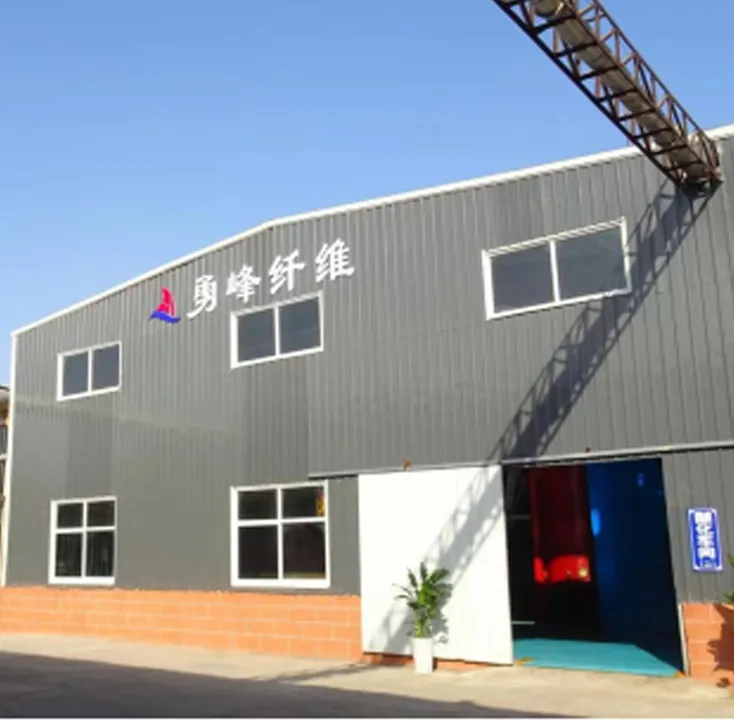Understanding HPMC A Versatile Chemical in Today's Industry
Hydroxypropyl Methylcellulose (HPMC) is a non-ionic, water-soluble polymer derived from cellulose, a natural polymer obtained from plant cell walls. It has garnered significant attention in various industries due to its unique properties and multifunctional applications. From pharmaceuticals to construction, HPMC's versatility makes it a crucial ingredient in numerous products and formulations.
Composition and Characteristics
HPMC is produced through the chemical modification of cellulose, where hydroxyl and methoxy groups are introduced. This modification imparts water solubility, making it an excellent thickening and stabilizing agent. The degree of substitution, which indicates the number of hydroxyl groups replaced by hydroxypropyl and methyl groups, can vary, leading to different characteristics in terms of viscosity, solubility, and gelation. These factors enable manufacturers to select specific grades of HPMC tailored for particular applications.
Applications in Pharmaceuticals
One of the primary uses of HPMC is in the pharmaceutical industry. It serves as an excipient, which is an inactive substance used as a carrier for the active ingredients of a medication. HPMC's ability to form gels upon hydration allows it to be used in controlled-release formulations, enhancing the bioavailability of drugs and ensuring a steady release over time. Additionally, it acts as a binder in tablet formulations and helps maintain the stability of emulsions and suspensions.
Role in Construction
hpmc chemical

The construction industry has also recognized the benefits of HPMC, particularly in the formulation of mortars, adhesives, and plasters. HPMC improves the workability and consistency of these materials, making them easier to apply and spread. It also enhances water retention, which is crucial for ensuring proper curing and adhesion of cementitious materials. By delaying the evaporation of water, HPMC helps to prevent cracking and improves overall durability. Moreover, its shear-thinning properties allow for easy application, even in challenging environments.
Food Industry Uses
In the food industry, HPMC serves a variety of roles, including thickening agents, stabilizers, and suspending agents in processed foods. It is often used in low-fat and gluten-free products to improve texture and mouthfeel, enhancing the overall sensory experience for consumers. As a plant-based ingredient, HPMC is particularly attractive for vegan and vegetarian formulations, further expanding its market reach.
Eco-Friendly Profile
As sustainability becomes increasingly important in product formulation, HPMC stands out as an eco-friendly option. Being derived from natural cellulose, it is biodegradable and can replace synthetic polymer additives in many applications. This aligns with the growing demand for greener solutions across industries, particularly in cosmetics, where manufacturers seek natural ingredients to appeal to environmentally-conscious consumers.
Conclusion
Hydroxypropyl Methylcellulose (HPMC) is a remarkable chemical with a wide range of applications across multiple industries. Its unique properties make it indispensable in pharmaceuticals, construction, and food, among others. As industries continue to innovate and prioritize sustainability, HPMC's role is likely to expand even further, making it a key player in the development of future products. With ongoing research aimed at enhancing its properties and discovering new applications, HPMC is poised to remain relevant in a rapidly changing industrial landscape.
-
Rdp Powder: Key Considerations for Wholesalers in the Building Materials IndustryNewsJul.08,2025
-
Key Considerations for Wholesalers: Navigating the World of Hpmc - Based ProductsNewsJul.08,2025
-
Hpmc Detergent: Key Considerations for WholesalersNewsJul.08,2025
-
Key Considerations for Wholesalers: China Hpmc For Tile Adhesive, Coating Additives, Concrete Additives, and MoreNewsJul.08,2025
-
Crucial Considerations for Wholesalers: Navigating the World of Construction MaterialsNewsJul.08,2025
-
Key Considerations for Wholesalers Sourcing Additive For Cement, Additive For Concrete, Additive For Putty from Additive Manufacturer Shijiazhuang Gaocheng District Yongfeng Cellulose Co., Ltd.NewsJul.08,2025




